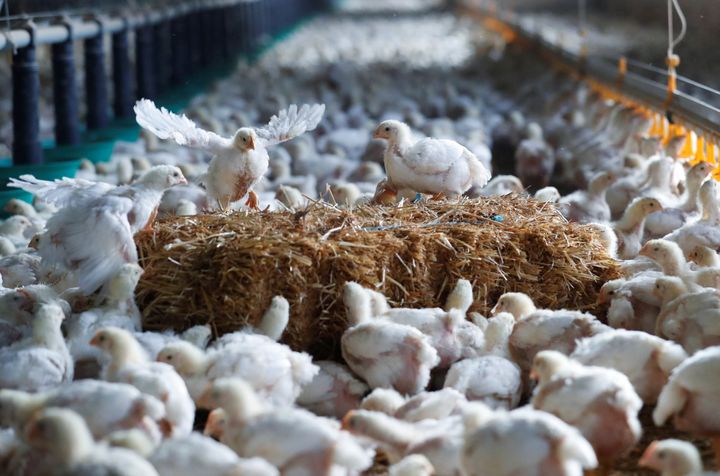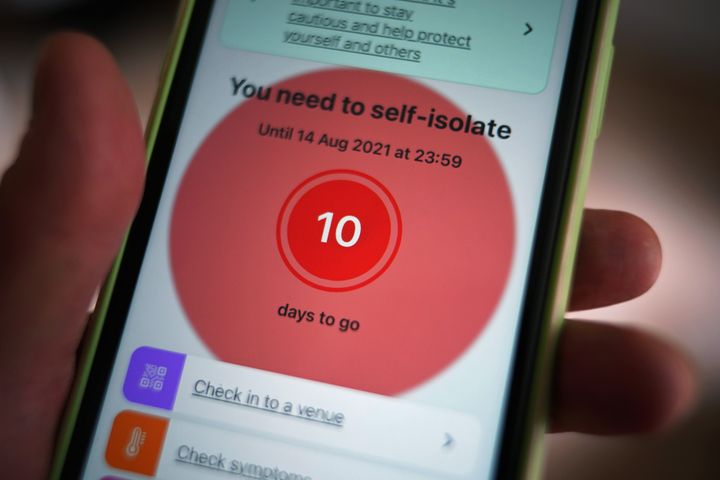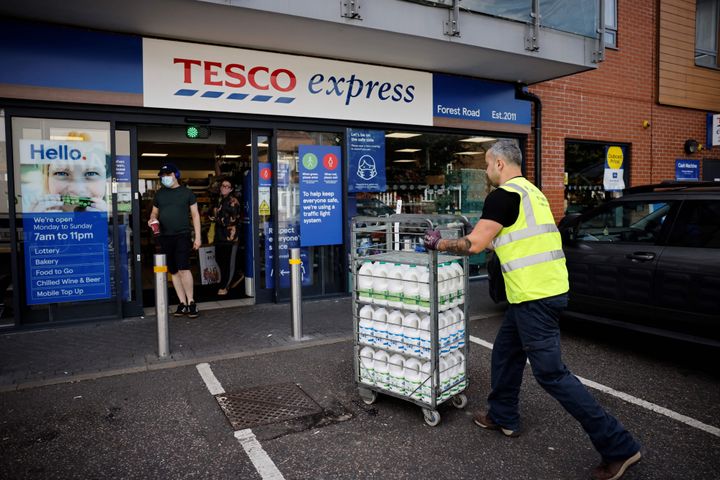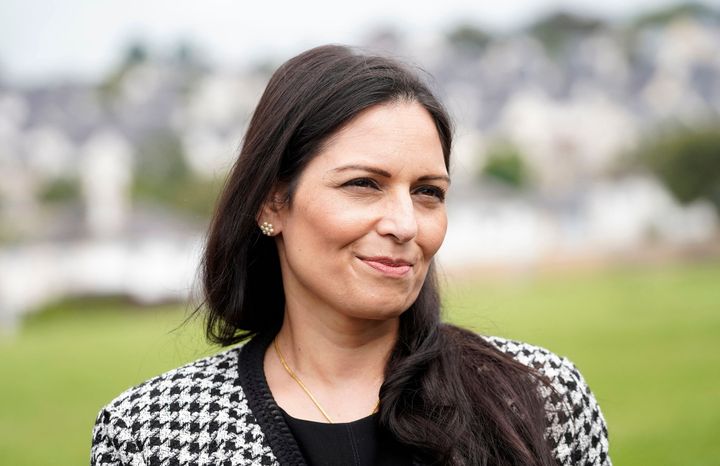
Chicken supplies are running low in Britain, affecting household names from Nando’s and KFC to Sainsbury’s – but there is no clear consensus as to why.
It comes just a few weeks after supermarkets complained they did not have enough HGV drivers to distribute food across the UK.
We looked into the main reasons carnivores are have to go without one of Britain’s most popular meats right now.
The pingdemic is reducing staff numbers
Avaro Foods, a large British poultry producer, has blamed the chicken shortages on the obligatory self-isolation periods workers have to undertake if they are “pinged” by the NHS Covid Test and Trace app.

Nando’s also told the Independent that the disruption to food supply was caused by staff “isolation periods” as suppliers were “struggling to keep up with the demand”.
This problem has not just been limited to chicken firms: companies up and down the country have struggled to cope with the “pingdemic” and the subsequent staff shortages.
On July 14 alone, 600,000 people were pinged by the app – which left food industry bosses saying entire driver fleets had been “taken out”.
But on Monday August 16, it became legal for fully-vaccinated people to avoid self-isolation if they came into contact with a positive case, although they are advised to get a free PCR test as soon as possible.
There are hopes that this will now free up enough employees to keep the food industry on its feet.

Brexit triggered mass vacancies
Other figures in the chicken industry have blamed ministers for refusing to help with staff shortages brought on by Brexit.
Since Brexit became official, a wave of EU workers have left the UK, in turn triggering a shortage of lorry drivers, according to the British Poultry Council.
Approximately 1.3 million foreign nationals left last year.
The council’s chief executive, Richard Griffiths, told the BBC Radio 4: “When you don’t have people, you have a problem – and this is something we are seeing across the whole supply chain. The labour crisis in a Brexit issue.”
He said the industry currently has more than 16 percent of vacancies.
Notably, Nando’s did not publicly admit Brexit had created a problem, but admitted that the shortages had not impacted any of its outlets in Northern Ireland or the Republic of Ireland. The Republic is still an EU member state, while Northern Ireland still follows the trade rules of the Union despite remaining part of the UK.
A spokesperson for Avaro Foods also claimed: “Our concern is recruitment and filling vacancies when the UK workforce has been severely depleted as a result of Brexit. This is causing stress on UK supply chains.”
The government need to step in
Griffiths said the crisis was the “direct result of the limiting of immigration policies”, which he is calling on the government to ease.
He also revealed the industry had sent a letter to home secretary Priti Patel earlier this month pleading for assistance but that he was yet to hear a reply.

Griffiths told BBC Radio 4: “We need the government to openly acknowledge that the problem exists.”
A spokesperson for the government replied and said: “We have well-established ways of working with the food sector and are working closely with them to ensure businesses have the labour they need.
“We are looking at ways to help the sector recruit more domestic labour and invest in automation in order to reduce the reliance on migrant workers coming into the UK.”
One of Patel’s aides was also reported to have said that businesses “can’t always say the answer is to hire cheap foreign labour”.
Higher wages could incentivise workers
Griffiths also said that increasing wages for those in the industry could help ease the problem.
He claimed that at the moment, “the willingness and availability are just not there”.
However, there are signs that worker shortages have triggered wages to already rise in some sectors of the economy.
Restauranteur Jamie Rogers told The Guardian: “Jobs that were worth £10 an hour last year are suddenly paying double that.”
Other restaurant chains are now putting up the pay for some place by 15 percent, according to the newspaper.
